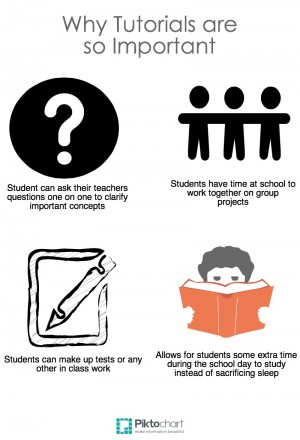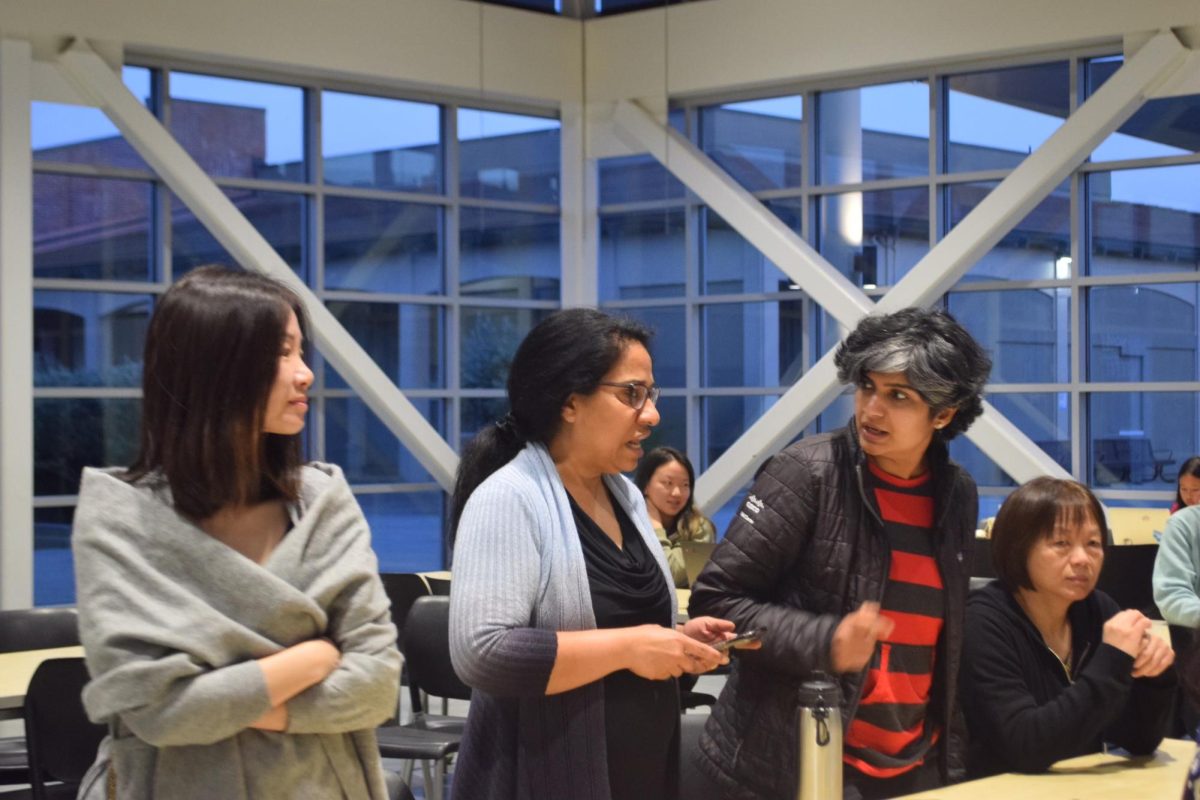Correction (Nov. 25): An earlier version of this article appeared with a different headline and made an incorrect statement about a staff vote to change the schedule. Though a second tutorial has been discussed, the staff has not yet voted on the proposal.
On October 22, a Wednesday just like any other, many students put off doing their last minute work and studying for tests in order to get a night of restful sleep. It was a reasonable decision to make since tutorial was the next day. This period of time allows for students to finish up any additional homework, refresh a few important concepts before an important test, or even just organize notes and assignments for a particular class. However, a fire drill took place at the end of second period and ran into tutorial. When it was all over, only ten minutes remained in the tutorial period, and students worked frantically with what little time they had to finish their homework. On November 11, it happened again. Only this time, it was a Run Hide and Defend drill and there was even less time left in tutorial.
Staff who are in charge of scheduling drills often schedule them during times that are optimal to other staff.
“I think that tutorial time can be good to use for drills, because it means that less class time is disrupted,” MVHS administrator Michael Hicks said.
Time-consuming conflicts should be scheduled at times that are optimal for the majority of people involved. In these cases, the majority are the students. Schools’ staff have always told their students to manage their time, but even with proper time management, it is clear that high school students struggle to complete all of their assigned work and studying while balancing a healthy sleep schedule. According to a report from the Center for Advancing Health, only about 8 percent of high school students get the sleep that they require. The fact that students are given such daunting workloads from all of their classes that their biological processes are altered in harmful ways shows a lack of understanding between teachers and students.
The importance of tutorial periods can be easily understood by the reasons behind their creation in the first place. Tutorial periods are one of the only times in which students are able to have access to all of their teachers at once outside of class. This is important because it allocates a specific time in which students can go from class to class and meet with all of their teachers at once if necessary, rather than needing to schedule meetings with different teachers on different days of the week in advance. It is true that most teachers have office hours at other times than tutorial and are more than willing to accommodate students. However, it can be hard to schedule a time to meet a teacher that is mutually favorable. Therefore, any questions students might have about class content, any quizzes or tests that need to be made up, or any one-on-one conversations that need to take place between a student and the teacher are usually taken care of during this time. Because of this, some students often plan their entire week around tutorial periods. For many students, these periods are the most optimal times for things like working with other students on group projects or organizing study sessions. Although lunch periods are of similar length, they have a tendency to be filled with things like club meetings and other obligations. Because tutorials also offer students a chance to complete some of their homework during school, they lift some of the burden of work the night before. According to the Sleep Foundation, when students do not receive the recommended amount of sleep, there are severely limited in their ability to learn, listen, concentrate, and solve problems. Although a 35 minute period cannot entirely solve the problem of sleep deprivation among students, it is a good place to start.
One of the biggest arguments against the institution of additional tutorials has been that giving students such additional time to complete work will eventually cause them to develop poor time management skills. In other words, if students are given a greater timeframe in which they can procrastinate, they will be inclined to do so. The argument is that if another tutorial is added to the normal schedule, many students will attempt to complete more of their homework due for the day at school rather than at home and will end up doing an awful job. While that may be partially true, it requires the assumption that students already have ample time to complete their homework, which does not seem to be the case. According to a report from Challenge Success, some MVHS students spend more than 6 hours on their homework on an average school night. If one takes into consideration time spent commuting, eating, and other necessary activities as well, it is extremely difficult for such students to complete all of their assigned work and studying without sacrificing a good portion of sleep.
Another argument that has some merit is that many students will not use tutorial periods, a section of valuable school time, usefully because they are surrounded by their friends in a highly social atmosphere. This is a real concern, but that does not mean that the idea of tutorials is bad. It just means that students need to grasp the importance of tutorial periods. One way of accomplishing this is incentivising students to actively seek help when necessary through means such as extra credit.
The implementation of a new tutorial period would serve as a precedent for future schedule changes, creating an environment in which students are in a better position to deal with their large workloads.














